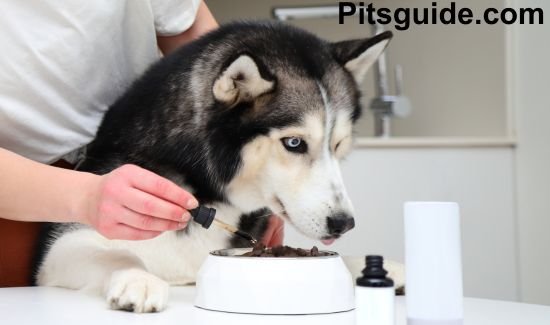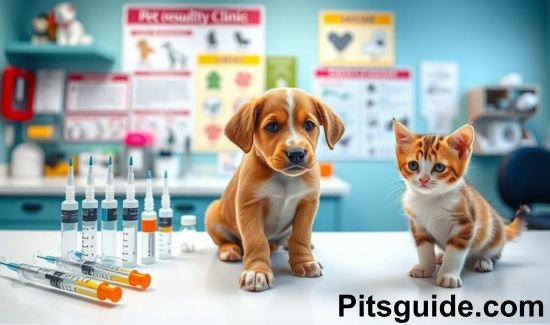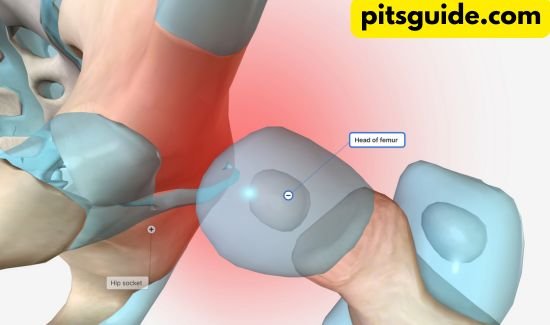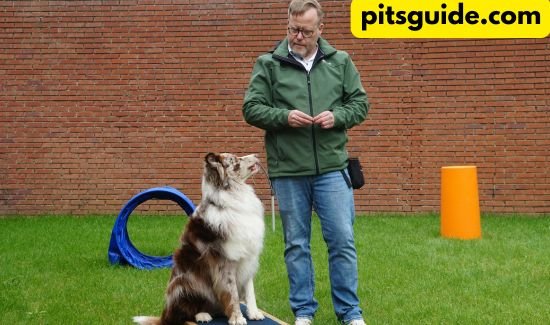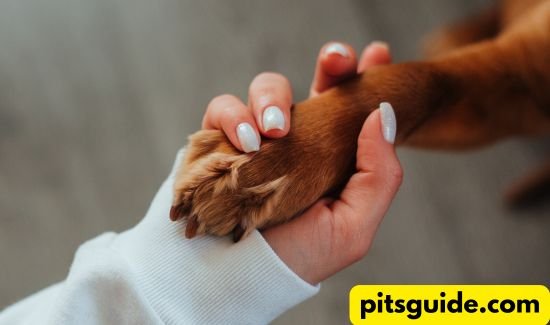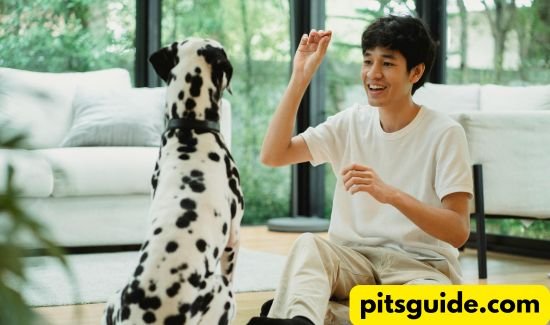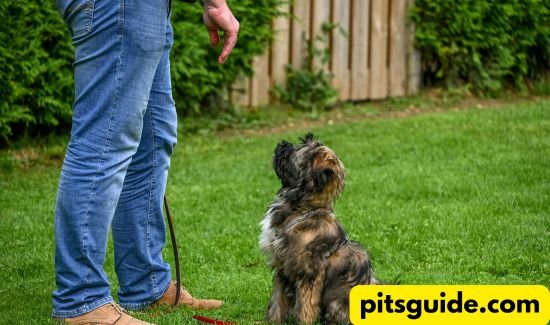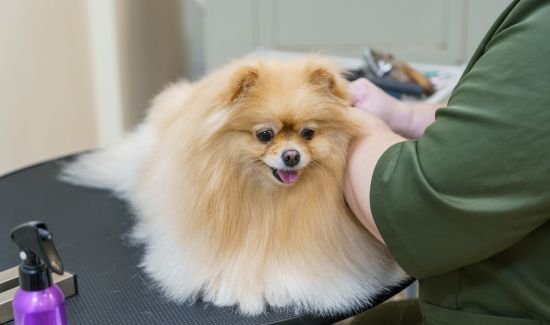Table of Contents
1. **Introduction**
– The Rewards and Responsibilities of Pet Ownership
2. **Key Takeaways**
– Summary of Essential Health & Wellness Tips
3. **Preparing Your Home for a New Pet**
– Creating a Safe Environment
– Gathering Essential Supplies
4. **Essential Pet Supplies Checklist**
– List of Necessary Items and Quantities
5. **Establishing a Routine for Your Pet**
– Feeding and Nutrition
– Exercise and Playtime
– Sample Routine Chart
6. **Health & Wellness: Keeping Your Pet Healthy**
– Vaccinations and Preventive Care
– Grooming and Hygiene
7. **Training Your New Pet**
– Basic Training Techniques
– Socialization for Confidence
8. **Ensuring Your Pet’s Safety**
– Microchipping and Identification
– Spaying or Neutering
9. **Conclusion**
– Balancing Pet and Owner Needs for a Happy Home
10. **FAQ**
– Common Questions for New Pet Owners
**Introduction**
Getting a new pet is very rewarding. But, it’s also a big job to keep them healthy. As a new pet owner, do you know how to take care of your pet? It’s important to feed them right, exercise them, and keep them safe.
Creating a happy home for your pet is key. It means balancing what you need with what they need. This way, your pet will be happy and healthy for a long time.
Key Takeaways
- High-quality pet food tailored to your pet’s age, breed, and health needs can significantly impact their overall well-being.
- Regular exercise and playtime are essential for both the physical and mental health of pets.
- Preventive healthcare, such as routine veterinary check-ups and dental care, can help identify and address health issues early on.
- Positive reinforcement training and environmental enrichment can foster a strong bond between you and your pet.
- Proper identification and safety measures, like microchipping and spaying/neutering, can help protect your pet in the event of an emergency.
Preparing Your Home for a New Pet
Getting a new pet is exciting. But, make sure your home is safe and comfy for them. Before they arrive, make your home pet-friendly. This means meeting their special needs and likes.
Creating a Safe Environment
First, pick a cozy “pet zone” in your home. It should have baby gates, potty pads, and a comfy bed. This is your pet’s special place.
Then, make your home safe. Remove dangers like loose cords, bad plants, and harmful stuff. Don’t let your pet near these things.
Gathering Essential Supplies
Get all the pet stuff you need before your pet comes. You’ll need bowls, good food, grooming tools, cleaning stuff, and fun toys. Having these things ready helps your pet settle in fast.
You and your pet will have an easier transition if your house is ready for a new pet. With a safe space and all the right supplies, your pet will feel at home right away.
| Essential Pet Supplies | Quantity |
| Food and water bowls | 2 sets |
| High-quality pet food | Enough for 1 month |
| Grooming tools (brush, comb, shampoo) | 1 set |
| Pet-safe cleaning supplies | 1 set |
| Variety of pet toys | 3-5 toys |
Establishing a Routine for Your Pet
The secret to your pet’s pleasure is to establish a daily routine. It includes feeding times, exercise, and play. A routine makes your pet feel safe and keeps them healthy.
Feeding and Nutrition
Give your pet a balanced diet at the same times each day. Puppies and kittens need 3-4 meals a day. Adult pets usually eat twice a day. Always have fresh water ready, and clean their bowl weekly.
Exercise and Playtime
Give your pet time to walk and reflect. Dogs need at least 30 minutes of play each day. Cats like interactive toys that challenge them. Your pet stays active and your relationship is strengthened when you play with them.
Having a routine makes your pet feel safe and happy. It covers feeding, exercise, and play. This way, you meet your pet’s needs and keep them healthy.
| Activity | Frequency |
| Dog Baths |
|
| Brushing |
|
| Toothbrushing |
|
| Vet Checkups | Conducted once or twice a year |
| Feeding | Meals provided twice a day |
| Exercise | At least 30 minutes daily |
| Sleep | 8 to 13.5 hours per day |
| Water | Ensured at all times, with a clean bowl daily |
A regular schedule gives dogs comfort and stability while assisting in their adaptation to new situations and stimuli.
Health & Wellness: Keeping Your Pet Healthy
Keeping your pet healthy is very important. Regular vet visits are key to keeping them happy and healthy. Make sure your vet keeps your pet up-to-date on shots and preventive care.
Vaccinations and Preventive Care
It’s vital to vaccinate your pet against diseases like distemper and rabies. Annual vet visits are a good rule, but don’t overdo it. The optimum immunization schedule for your pet should be discussed with your veterinarian..
It is also essential to keep your pet free of parasites. Use flea, tick, and heartworm preventatives regularly. This helps protect your pet from harmful parasites.
Grooming and Hygiene
- Include frequent pet grooming in their daily routine. This includes baths, nail trims, and brushing their teeth.
- Good hygiene keeps your pet comfortable and prevents skin problems.
- Think about getting professional grooming for a complete pampering session.
By focusing on your pet’s health, you can prevent future problems. This helps keep them happy and healthy.
Training Your New Pet
Training is key to a strong bond with your new pet. Teach them basic commands like “sit,” “stay,” and “come.” Use positive rewards to help them learn fast and build trust.
Socialization: The Key to Confidence
Socialization is vital for your pet’s growthSafely acquaint them with new people, animals, and locations. This makes them confident and well-behaved around you and others.
- Introduce your pet to family and friends slowly, letting them get used to new faces.
- Take them on walks to get them familiar with different sights, sounds, and smells.
- Sign up for puppy or obedience classes to teach them important skills and meet other dogs.
A well-trained and socialized pet is a joy. They will bring happiness to your life. Spend time training them, and you’ll get a loyal, well-behaved friend.
The secret to effective pet training is positive reinforcement. Reward-based methods strengthen your relationship with your pet and foster trust.
Focus on training and socialization for a lifelong bond. Start training your pet, and watch them grow into a confident, well-mannered friend.
Ensuring Your Pet’s Safety
Keeping your pet safe is very important. You can do this by microchipping and making sure they have proper identification.
Microchipping and Identification
If your pet becomes lost, microchipping is an easy way to ensure they return. It’s a tiny implant that holds a unique number. This number can be scanned by shelters and vets to find your pet.
Make sure your pet is wearing a collar with tags as well. These tags should have your pet’s name and your contact info. This helps bring them back home if they wander off.
Spaying or Neutering
For your pet’s protection, spaying or neutering is also essential. It helps control pet numbers and has health benefits. It can lower cancer risks and stop bad behaviors like roaming.
| Benefit | Spaying/Neutering |
| Population Control | helps lessen shelter overcrowding and the quantity of unwanted pets. |
| Health Benefits | Lowers the risk of certain cancers and reproductive issues. |
| Behavior Improvement | Can help curb unwanted behaviors like roaming and aggression. |
By taking these steps, you make your pet’s life safer and happier. You also help the whole pet community.
Conclusion
By following the health tips in this article, you can make a happy home for you and your pet. Prepare your house and establish a schedule. Additionally, attend to the safety and well-being of your pet.
Finding a balance between your wants and your pet’s is essential to being a good pet owner. Maintaining this equilibrium is essential to a positive pet-owner relationship.
It’s crucial to begin this new chapter with love and consideration. Focus on your pet’s health and happiness. This can make them healthier and happier.
You will develop a close relationship by leading a healthy lifestyle together.This bond will last a lifetime.
Recall that loving your pet is only one aspect of being a good pet owner. It’s about establishing a habit and a safe environment. Make sure your pet receives the care they require as well.
You’ll be an excellent pet owner if you heed these suggestions. Your pet will be very appreciative and happy to thank you.
FAQ
How can I get my house ready for a new pet?
Create a secure “pet zone” before your new pet arrives. Use baby gates, potty pads, and a cozy bed. Remove clutter and secure electrical cords.
Keep toxic plants and chemicals away. Get food and water bowls, toys, grooming tools, and cleaning products ready.
How can I give my pet a regular schedule?
Feed your pet the same diet at the same times every day. Ensure that they have fresh, clean water at all times. Set aside time for exercise and play.
Bonding time, playing with your cat, and taking your dog for a walk are all crucial. Your pet stays safe and healthy with a routine.
What steps should I take to maintain my pet’s health?
Maintain your pet’s vaccines current by working with your veterinarian. Make sure they have flea, tick, and heartworm prevention. Keep them clean with regular grooming.
This includes nail trims, teeth brushing, and baths. It keeps them comfortable and healthy.
How do I train my new pet?
Start with simple instructions like come, sit, and remain. Use positive rewards to teach them. Introduce your pet to new creatures and people.
This helps them feel confident and well-behaved.It strengthens your relationship with your pet.
How can I ensure my pet’s safety?
Make sure your pet is microchipped and wears a collar with ID tags. Spaying or neutering is also important. It keeps your pet healthy and aids in population control.

